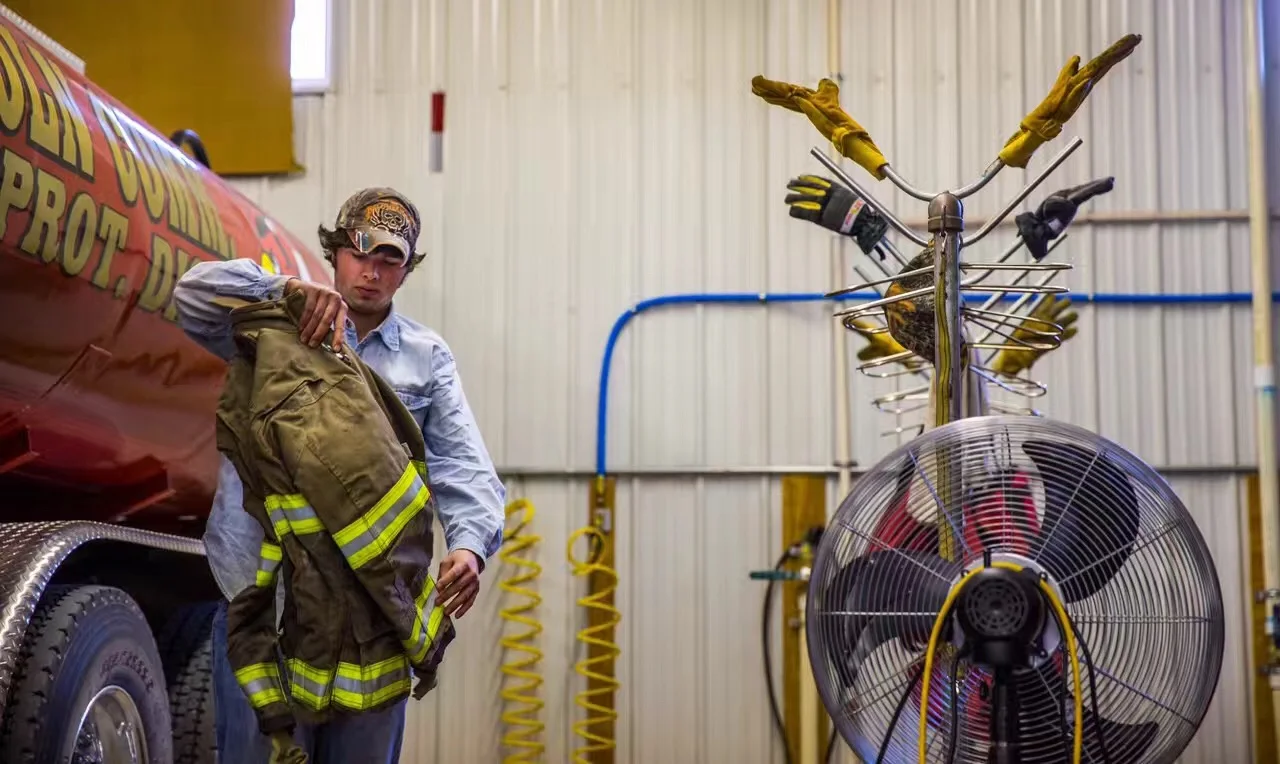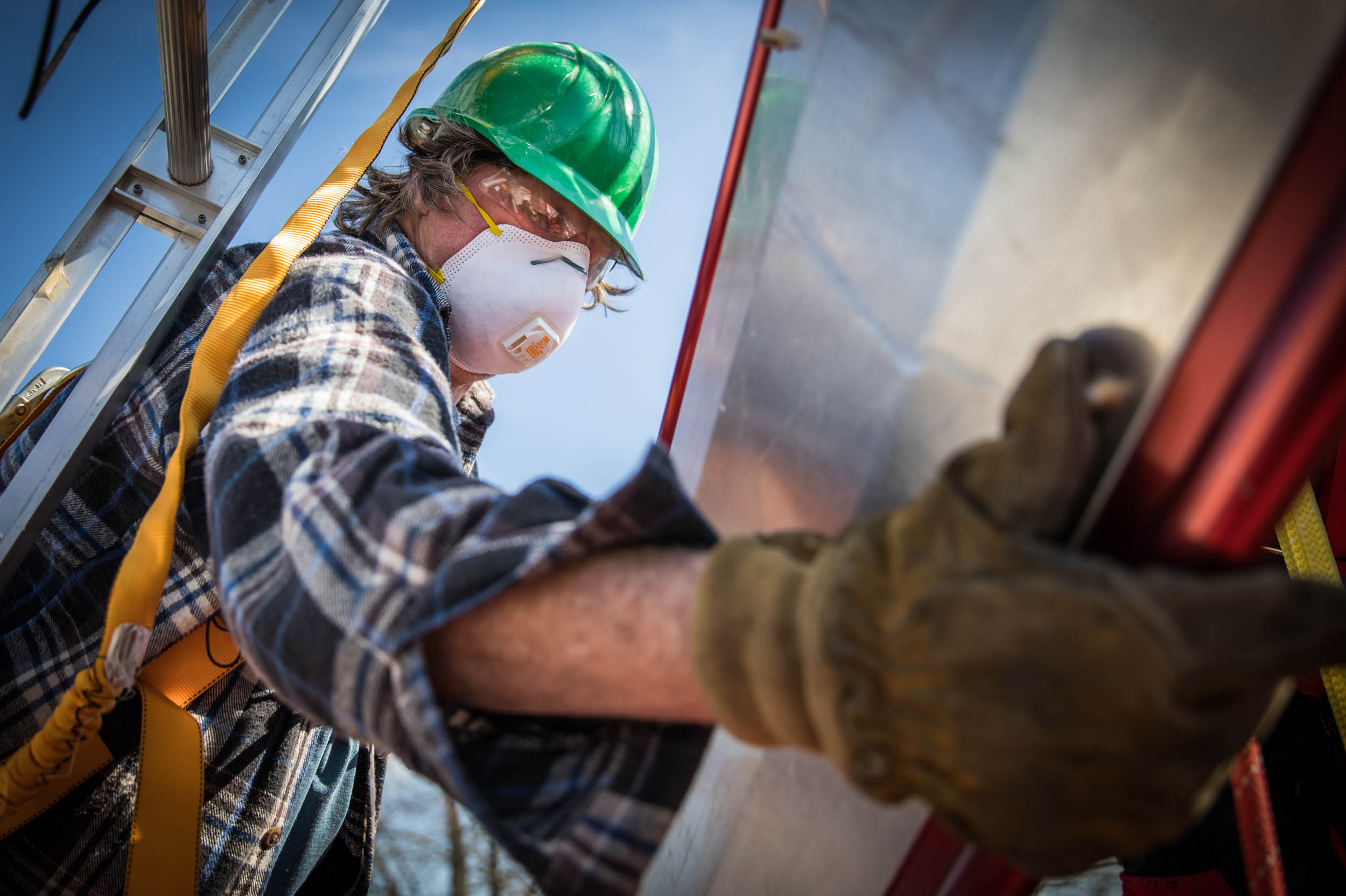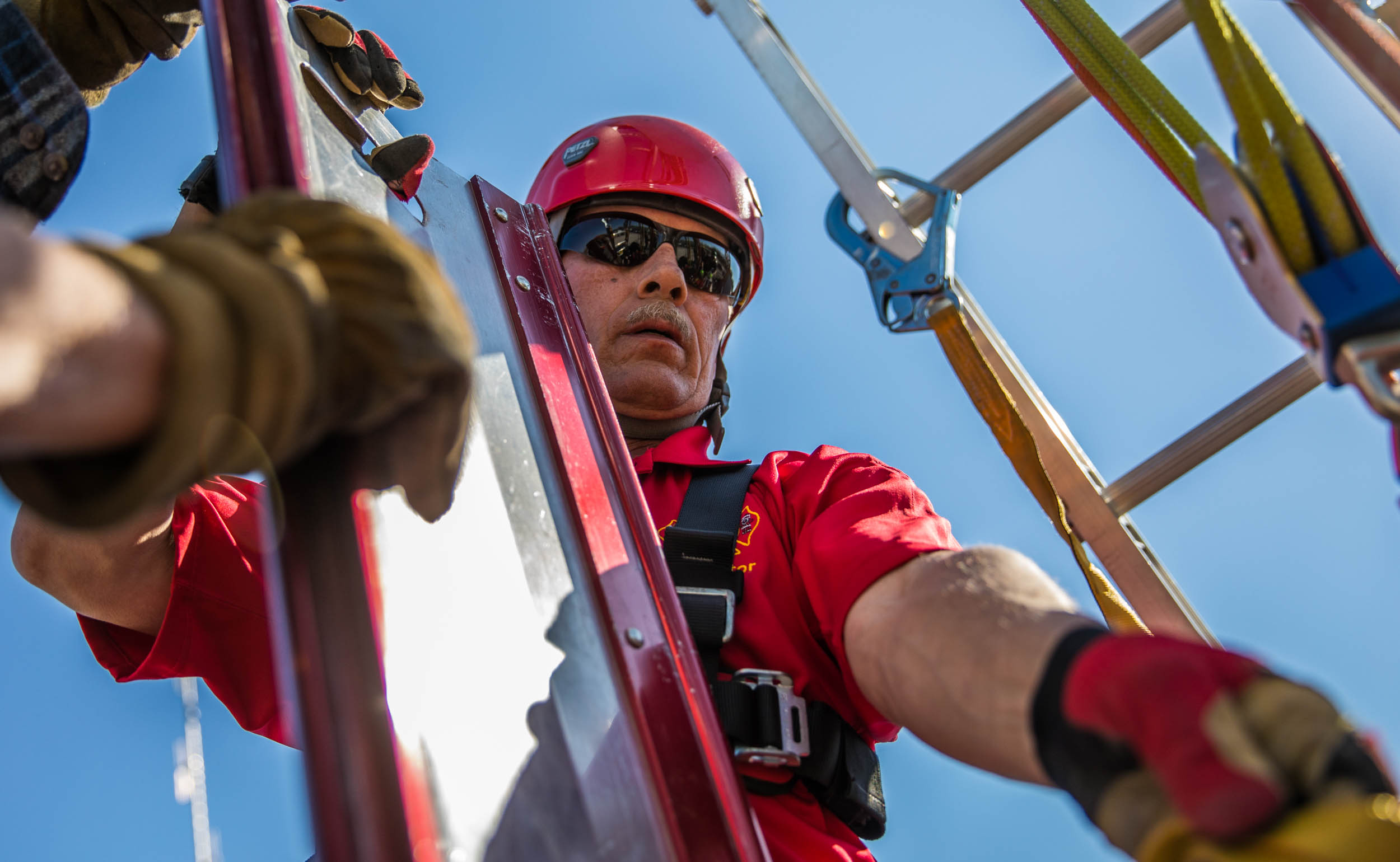By Meiying Wu, Rachel Thomas, Lexi Churchill and Camden Jones
Social media teaser
Video main piece
Mid-Missouri Small-Town Fire Stations Struggle with Funding, Volunteer Numbers
Missouri’s volunteer departments are understaffed, underfunded and struggling to keep their communities safe.
About 75 percent of the state’s fire departments are volunteer-only, according to the National Fire Protection Association, an industry group. And if you talk to some of the firefighters who give up their time to save their neighbors’ homes or farms, you hear one thing over and over:
There are fewer of us than there used to be. And it’s getting to be a problem — a national problem.
Since 1986, the number of volunteer firefighters in the U.S. has been decreasing, according to a 2016 NFPA survey.
David Decker is president of the Lincoln Community Fire Protection District Board of Directors in Benton County. Local taxes only generate about $100,000 a year for his department.
“Everything is so expensive,” Decker said. “You've really got to make do with the things you have. … Keeping things going on a limited budget — that's a delicate balancing act at times.”
Kevin Zumwalt, associate director of the University of Missouri Fire and Rescue Training Institute, says $100,000 isn’t the lowest budget he’s seen for a small department. The nearby town of Clarence, for example, has an annual budget of just over $13,000.
“That's not a lot of money,” Zumwalt said. “That's barely putting fuel in the fire truck. That's barely keeping the lights on in the fire station. ... That's barely having a concrete floor … for your trucks to park on.”
Volunteer departments have to come up with creative ways to pay for equipment and training. These can include fundraising activities and data reports to the Missouri Department of Conservation and the National Fire Incident System in order to be eligible for state and federal grants.
MU’s fire training institute helps provide training to Missouri fire departments. The institute recently received funding from the MFA Incorporated Charitable Foundation and equipment donations from Brock Grain Systems to support a grain engulfment rescue training program in Lincoln on Feb. 18.
But this kind of free access to training for volunteers does not necessarily enable all of them to attend.
Though the Missouri Division of Fire Safety provides registration and certification to fire departments throughout Missouri, there is no state or federal law that requires any training for volunteer firefighters.
Mike Holcer is Meadville’s fire chief and director of Missouri Association of Fire Chiefs Region B. He says it’s rare for small departments to have a majority of firefighters who have completed Firefighter I and II, Missouri’s basic firefighter training and certification programs. Holcer estimates the programs took about 10 months to complete when they were taught at the Meadville department, totalling around 240 hours.
Holcer works for the U.S. Department of Agricultural Natural Resource Conservation Service when he isn’t volunteering.
“If we have a call during the day and I'm around the office or in the area, I'm able to take off and go to the fire,” Holcer said. “Some of our guys are not. We all go to work just like anybody else.”
Without the worry of balancing other jobs with firefighting, career fire departments are able to respond from the station 24 hours a day.
Volunteer firefighters, on the other hand, have to be alert at all times.
“Whenever the pager goes off, you don’t go, ‘Oh no, here we go again,’” Scott said. “You just instantly put your clothes on, and you’re gone. … There’s no stopping. … It sounds crazy, but you get it in your blood, and you’ve just got to do it.”
Even ready and willing volunteers can only do so much to work around their schedules. Holcer says responding volunteer firefighters’ have to first get to the station from wherever they are and then take the trucks to the fire site.
“At night when people are home, our response times are better,” Holcer said. “During the daytime, ... we normally don't have a lot of guys around, so our response times are somewhat longer.”
The lack of a regular schedule creates an “always on” attitude in the volunteers.
“Once we’re off our shift, we all have our homes that we got back to,” said Jeffrey Heidenreich, a full-time firefighter for the Columbia Fire Department. “I would bet that the typical, average volunteer firefighter puts in 20 or more hours a month with their volunteer fire station. That's a lot to ask someone when they have careers and school and families. ... It's probably easy to get burnt out.”







